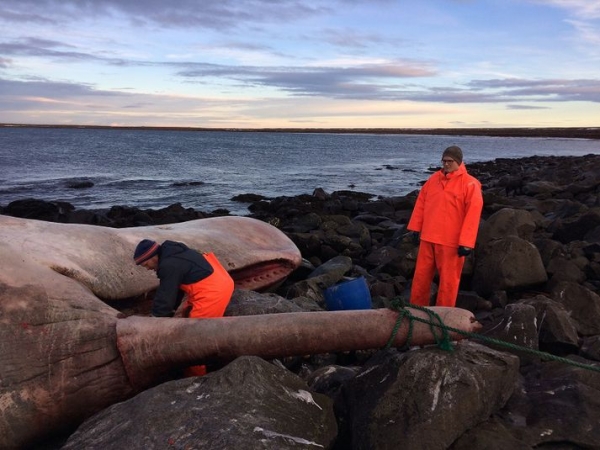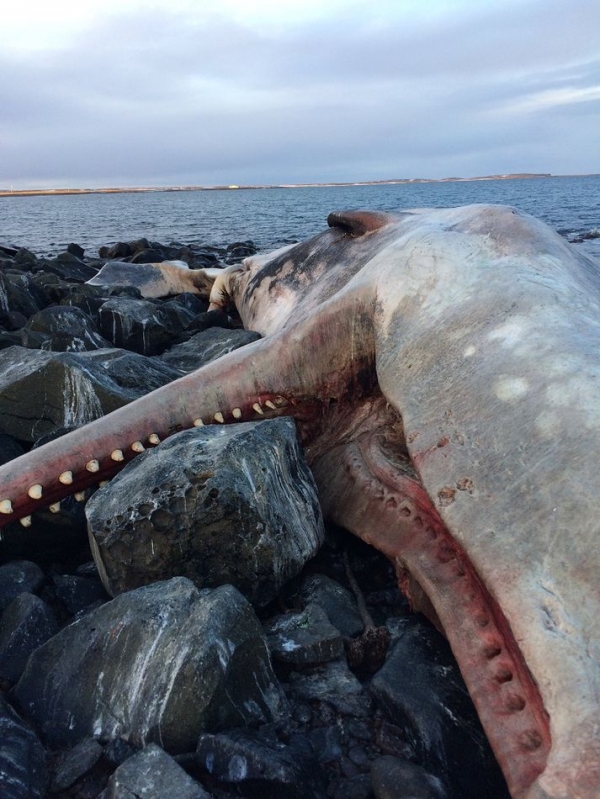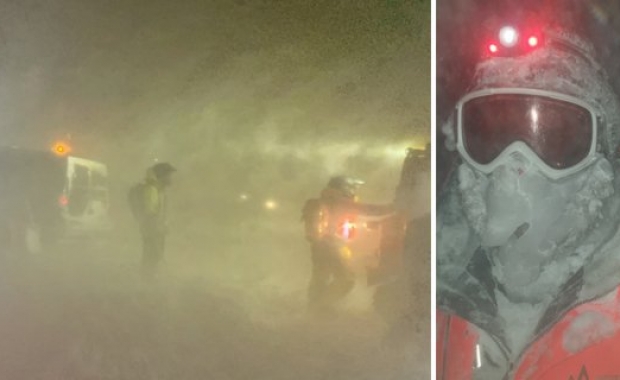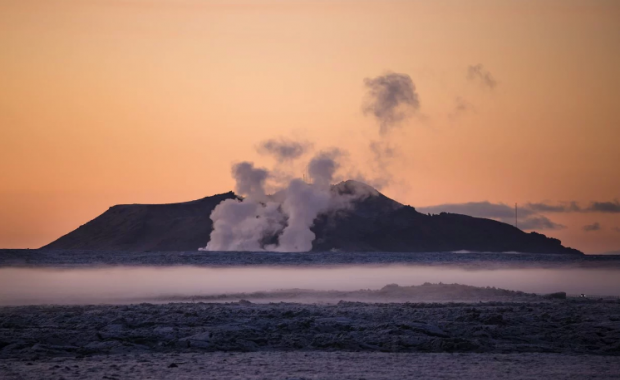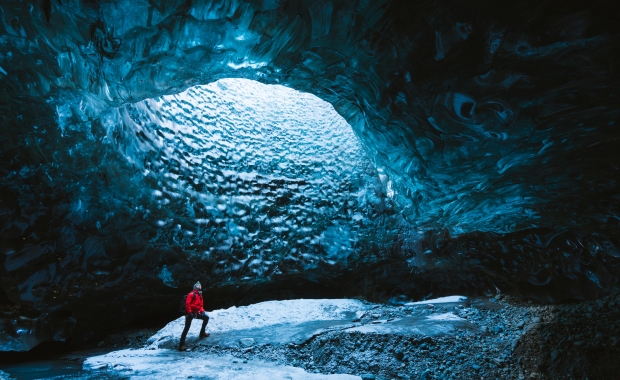A beached sperm whale now lies rotting on a beach by Blikalón on Melrakkaslétta plain in Northeast Iceland. Whale carcasses are usually allowed to rot on Icelandic beaches.
According to the National Broadcasting Service RÚV, the whale appears to be male and has been dead for a while.
Twenty beached whales per year
A biologist with the Marine Research Institute says around twenty beached whales are recorded each year in Iceland on average. Of those, one to four are sperm whales. Usually, the animals are dead when they run aground but in some cases they are still alive.
The whales are sometimes moved if they are close to human settlements or nesting grounds of birds. That's no easy feat though as a sperm whale can weigh forty tonnes. Usually they are allowed to rot where they lie.
A sperm whale typically rots away in a year or two, though its bones will endure for longer.


A beached sperm whale now lies rotting on a beach by Blikalón on Melrakkaslétta plain in Northeast Iceland. Whale carcasses are usually allowed to rot on Icelandic beaches.
According to the National Broadcasting Service RÚV, the whale appears to be male and has been dead for a while.
Twenty beached whales per year
A biologist with the Marine Research Institute says around twenty beached whales are recorded each year in Iceland on average. Of those, one to four are sperm whales. Usually, the animals are dead when they run aground but in some cases they are still alive.
The whales are sometimes moved if they are close to human settlements or nesting grounds of birds. That's no easy feat though as a sperm whale can weigh forty tonnes. Usually they are allowed to rot where they lie.
A sperm whale typically rots away in a year or two, though its bones will endure for longer.
